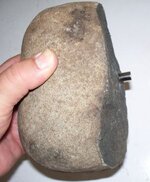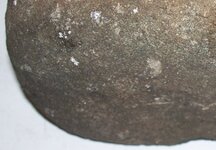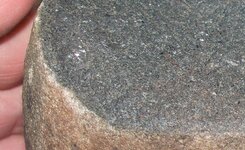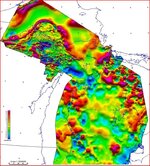Michigan Badger
Gold Member
A friend found this in his yard and I told him I'd run it by you experts.
It's magnetic and he's wondering if there's a far out chance it could be a real meteorite.
Personally I doubt it.
What do you think?
It's magnetic and he's wondering if there's a far out chance it could be a real meteorite.
Personally I doubt it.
What do you think?







 )
)

